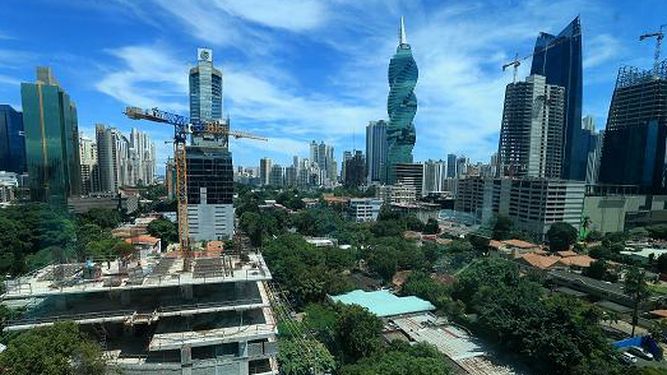European Union confirms Panama’s return to tax haven blacklist

Panama moved back to the European Union’s blacklist of tax havens on Tuesday, February 18 with the unanimous endorsement of the 27 ministers of Economy and Finance of (Ecofin).
The decision to include Panama in the so-called “list of non-cooperative jurisdictions in fiscal matters”, due to the fact that the Global Forum on Transparency and Exchange of Tax Information of The OECD has not yet given it the status of a country “largely compliant.”
Panama shares its position as a non-cooperative country in fiscal matters with 11 other countries: Cayman Islands, Palau, Seychelles, American Samoa, Cayman Islands, Fiji, Guam, Oman, Samoa, Trinidad and Tobago, the US Virgin Islands, and Vanuatu.
The revision of the Code of Conduct group, , concluded that Panama had not complied, within the agreed period, with fiscal reforms to those that had committed themselves to the EU. On Tuesday, the collegiate body of all the finance ministers of the EU countries made the final decision.
“The elaboration of the list of non-cooperative countries and territories for tax purposes is based on an exhaustive process of evaluation, monitoring and dialogue with some seventy-three countries and territories. Since we launched this initiative, forty-nine countries and territories have applied the fiscal reforms necessary to meet the EU criteria. It is an unquestionable success, but it is also a work that is ongoing, a dynamic process in which we continually review the methodology, ”said Zdravko Marić, Vice President and Finance Minister of Croatia.
In December 2017, the EU included Panama in the list of countries outside the fiscal transparency standards because it did not comply with the issue of fiscal governance, considering that it had “a harmful preferential tax regime”.
The EU therefore considers that there are still regulatory and legislative deficiencies in the Panamanian system. From the organism of the European bloc they indicate that the process of listing is continuous and dynamic so that the list will continue to be reviewed and updated periodically in the coming years, taking into account the “evolution of the deadlines in which countries or territories must comply its commitments and the evolution of the inclusion criteria that the EU uses to prepare the list ”.





